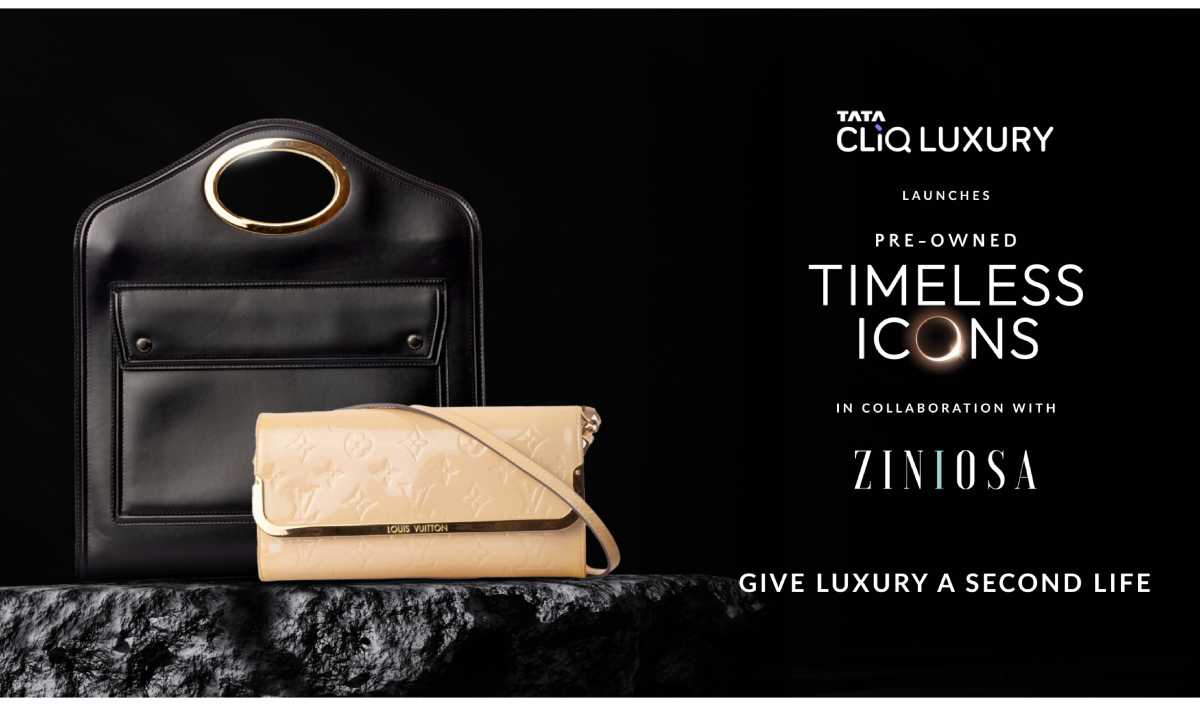
Branding expert Pete Canalichio, Managing Partner, Brand Alive shares his views on the evolving licensing industry in an exclusive conversation with License India.
Brand licensing comes as a natural progression for established brands. What in your opinion should be the approach of digitally native brands using DTC principle?
I would take one to go back to the basic principles of branding to help understand DTC. The first step for a brand owner is to know if their brand is loved and have a strong base of loyal consumers to a point wherein they advocate for the brand. It is imperative for consumers to connect with the brand on a personal level and then I believe there is a possibility that they can go for DTC. One of the things that makes brand licensing valuable and effective is that you have a marketplace and there are brand owners who work with one another and create new products. What’s important here is that these products get to the consumers with the right approach and uphold the standards established by the original products of the brand. So, I do believe that DTC can really be effective if the brand is deeply loved, and the product or service combined, can reach the consumer in a way that they want it to be.
For instance, the Duke and Duchess of Sussex are world renowned. If they wanted to create a DTC program then they have a strong position. The challenge here is that what products can Harry and Meghan create that can reinforce a collective brand image. If they are not careful, their products may not align with what their brand promised or brand expansion point – that central point in which the brand engages with the consumer.
How can a brand know what people love about them?
As Simon Sinek highlighted in his book, Start With Why, it is about why brands do what they do, which is more important than knowing what they are doing or how they are doing it. The essence here is that they can cultivate a product that aligns with the audience’s WHY. If the aesthetics of the ‘WHYs’ don’t match for the brand and consumer, the consumer ends up detaching himself from the product as well as the brand.
What is the biggest change you’ve witnessed in the licensing segment?
The biggest change that I’ve seen is how consumers engage with brands. These days the consumer wants to do everything online and that is creating a global change in how brands approach the consumers. Online shopping has created a big change in terms of putting customers at ease and slowly wiping out the traditional method of having products in store. This has created a huge challenge for the market place as the brands have to maintain a balance between online retail and stores. At this point in the market, there are some consumers who will walk down to the store, try on clothes, walk out and buy them online. The expansion in retail space has become all the more challenging for brands financially.
How can we effectively bridge the gap between licensor and licensee expectations?
The relationship between a licensor and a licensee is not like a one-time partnership or arrangement; it is more like a marriage or a long-term relationship. It is important for both parties to understand and be open to an environment where they want the other party to be successful. They not only have to think about their own needs, but also the other party.
Holistically, both parties should be concerned about the consumer and focus on creating a beautiful product that aligns with the need of consumers. Licensing is a collaborative effort as both parties together are stronger than being individual brand and product. They need to think in unison about the sales, distribution channels, product design and everything. If they are transactional and one party dominates the other it will only work for a short while. By defining their individual roles and how they work together in a win-win relationship, they can attain success..
What advice would you give to Indian brands looking to tap global market?
Let’s take the example of Radio Mirchi; they recently started operating in the U.S. market. They saw that there were a number of Indians and Asians who had heard of the brand and missed listening to them. Indians living in mature markets in the U.S. like New York and Miami were unable to find a proper alternative for it. Radio Mirchi saw the need and strategically planted roots in markets with deep bases of Indians. They knew they had to connect with people who knew about the brand and then harness their potential. Their programming was such that they made listeners nostalgic while taking them to a place where they felt good about being in the States, but were also happy to establish a connection this far from home.
Tell us about the LASSO Model.
I co-created the LASSO Model to help brands measure how capable they are of expanding and how can they expand optimally. The Model also checks if a brand is under expanded, optimally expanded or over expanded. It is of the essence for brand owners to know how lateral is the brand and how much potential it holds to grow from category to category.
Click Here to check your brand’s growth potential.
Copyright © 2009 - 2024 License India.















